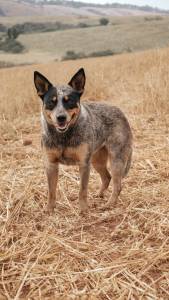
Bloat occurs when a dog’s stomach fills with gas, fluid, or food, causing it to expand. In some cases, the stomach can twist, leading to a blockage that prevents the dog from relieving the pressure by vomiting or belching. This can result in a rapid onset of severe distress and potential organ damage.
The exact cause of dog bloat is not fully understood, but several factors have been identified as potential contributors to its development. One of the primary causes is thought to be the ingestion of large meals or large volumes of water too quickly before or after exercise. Additionally, rapid eating, stress, and genetic predisposition are also believed to play a role in the development of bloat.
Certain breeds are more susceptible to developing bloat than others. Large and giant dog breeds with deep chests, such as Great Danes, Doberman Pinschers, and Weimaraners, are at a higher risk. However, any breed can experience bloat, so it’s crucial for all dog owners to be vigilant and informed.
Recognizing the signs and symptoms of bloat is crucial for prompt intervention. Some common indicators of bloat include a swollen or distended abdomen, unproductive attempts to vomit, restlessness, excessive drooling, and rapid breathing. If you notice any of these signs, it’s essential to seek immediate veterinary care.
Preventing dog bloat involves implementing some simple yet effective measures. Feeding dogs multiple small meals throughout the day instead of one large meal can help reduce the risk. Moreover, using specially designed slow-feed bowls and discouraging rapid eating can also be beneficial. Additionally, it’s important to avoid vigorous exercise immediately before or after meals and to limit water intake during and after exercise.
In conclusion, dog bloat is a serious condition that demands attention and awareness from all dog owners. Understanding the potential causes and being able to recognize the signs and symptoms can make a significant difference in the outcome for affected dogs. By taking preventive measures and being mindful of the risks associated with bloat, dog owners can help protect their beloved pets from this potentially fatal condition.[/fusion_text]

